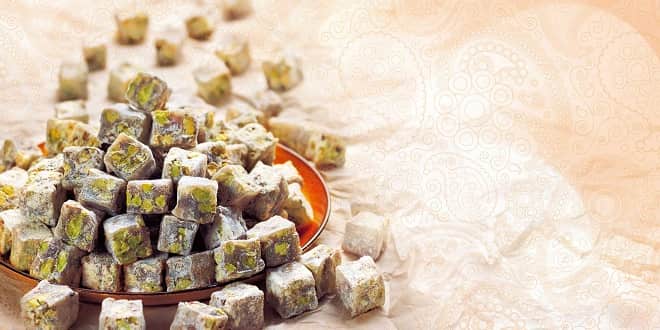Jelly Candy Production ( Gizem TÜRKMENOĞLU )
FE401 FOOD TECHNOLOGY
JELLY CANDY PRODUCTION
WHAT IS JELLY CANDY ?
Jelly candies are a broad category of gelatine-based, chewable sweets. Jelly bears are widely popular and are a well-known part of the sweets industry. Jellies are available in a wide variety of shapes including bears, bottles, worms, frogs, hamburgers, sharks, hearts and feet .
Jellies have a long history as a popular confectionery. The first gelatin based candy was the jelly bear, introduced by Haribo in 1920.
Haribo produces over 80 million bears a day.
JELLY CANDY ECONOMY
Turkish chocolate and confectionary products sector , candy and chocolate products are produced everywhere in Turkey .
The cities which the most production makes are İstanbul , İzmir ,Ankara ,Kocaeli ,Gaziantep and Samsun . Candies are usually produced by melting , cooking ,shapening , cooling ,and packaging.
Gummy and jelly candy products are the most exported products in 2011. Candy and chocolate products accounted for about 0.57 percent of the total exports of turkey in 2011, which was 135 billion dollars.
Most of the candy and chocolate products imported to Turkey are made in Europe .(%12 sugary product )
PRODUCTION OF IMPORTS(2008-2011)
RAW MATERIALS OF JELLY CANDY
Sucrose: The most important sweetener and crystallizer in candy. This sucrose is the solution is proportional to the temperature, that is boiling as the sugar concentration increases.
Glucose syrup: Glucose syrup increases the sweetness, texture, control of granulation, storage ability in candies. Glucose syrup delays the crystallization of sucrose in sugars, maintains the amount of moisture and gives mass to the product.
Flavor : Natural substances such as vanilla, citrus fruit and aroma substances are used to give a sweat taste for soft candy. Some natural flavors are enhanced by adding some acid.
Water : provide the sugar dissolved.
Gelatin : is capable of producing clear viscous solutions or gels that are reversible in water. Gelatin is a protein found in animal. The most important feature of gelatin is that it gives a good elastic structure.
Color additives: color additives, allow the given color to be added to the candy by mixing more than one color of the permissible dyestuffs in the regulation of food additives.
Lecithin : is used as presentive agent for viscosity control and adhesion of confectionary to molding tables.
DE (Dextrose Equivalent)
Dextrose equivalent is the degree of hydrolysis of starch that takes place and it is the total reducing power i.e.in the acid hydrolysis of glucose syrup , we have the composition of dextrose,maltose,malto-triose,malto-tetrose,malto-pentose,malto-hexose and higher sugars in various percentages making a total of 100% for each DE ,as shown below:
GLUCOSE SYRUP
DE : 40-43
GLUCOSE(%):17
FRUCTOSE(%):0
MALTOSE(%):14
MALTOTRIOSE(%):12
POLYSACCHARIDE(%):57
FLOW CHART AND CONTROL POINTS
NUTRITION VALUES OF JELLY CANDY
Process steps
EQUIPMENTS
EQUIPMENT
Processing area
ALTERNATIVE TECHNOLOGY
PHYSICAL PROPERTIES AND QUALITY OF FINAL PRODUCT
CHEMICAL PROPERTIES OF FINAL PRODUCT
MICROBIOLOGIC PROPERTIES OF FINAL PRODUCT
BY –PRODUCT –WASTE-Wine making
The processing of grapes leads to about 70 %wine and almost %30 by products. There is a need to elaborate low cost and efficient technologies for the valarisation of under –used by products. Important amount of phendics from grapes remain in the marc? Particular category of food represented by sweets ,including jelly candies , which are enjoyed by a large number of people,especially children .
Most of jelly candies are prepared with synthetic dyes as a turbine which as possible effects on human health ;all allergic reactions intensifying of asthma symtoms ,children hyperactivity . The eventual replacement of the synthetic dye with natural one compeletely eliminates all these potential risks .
…




